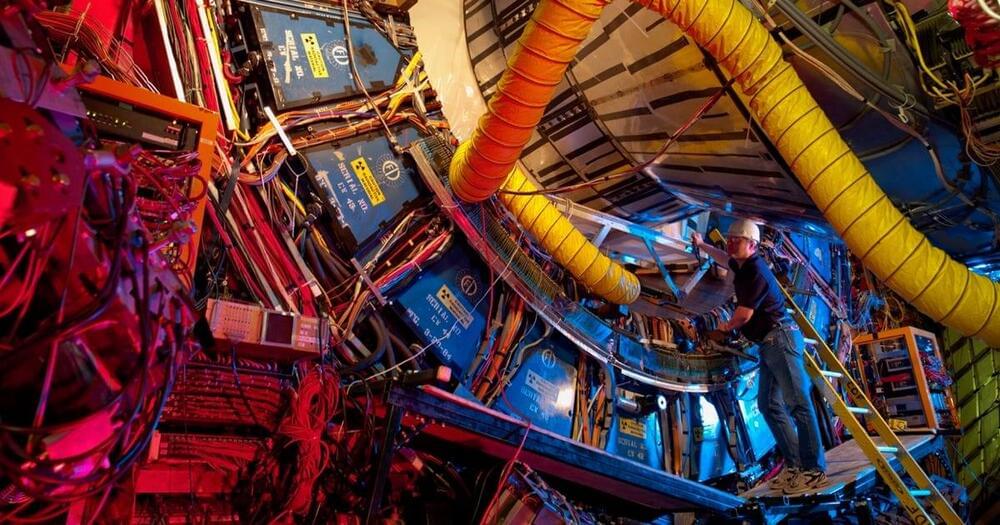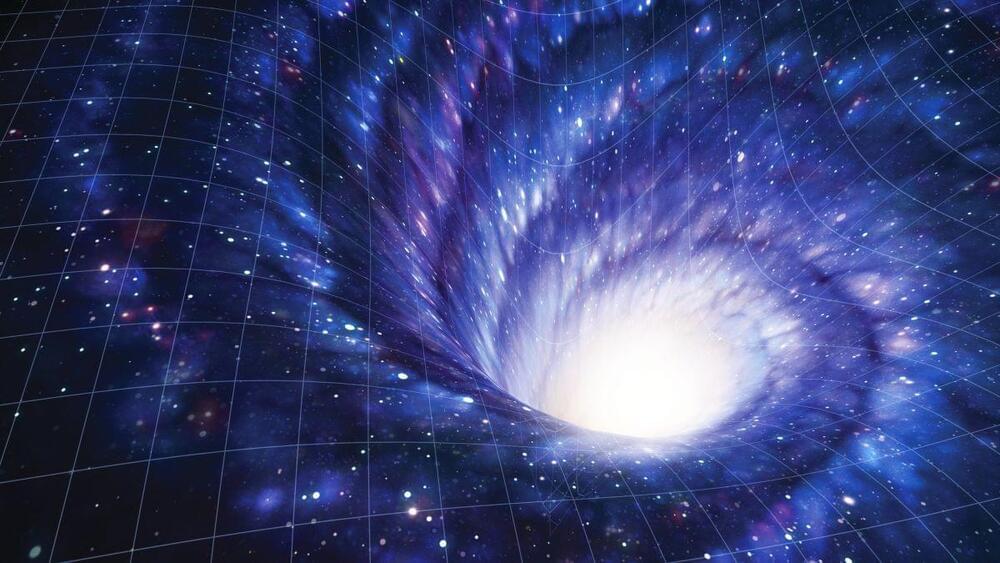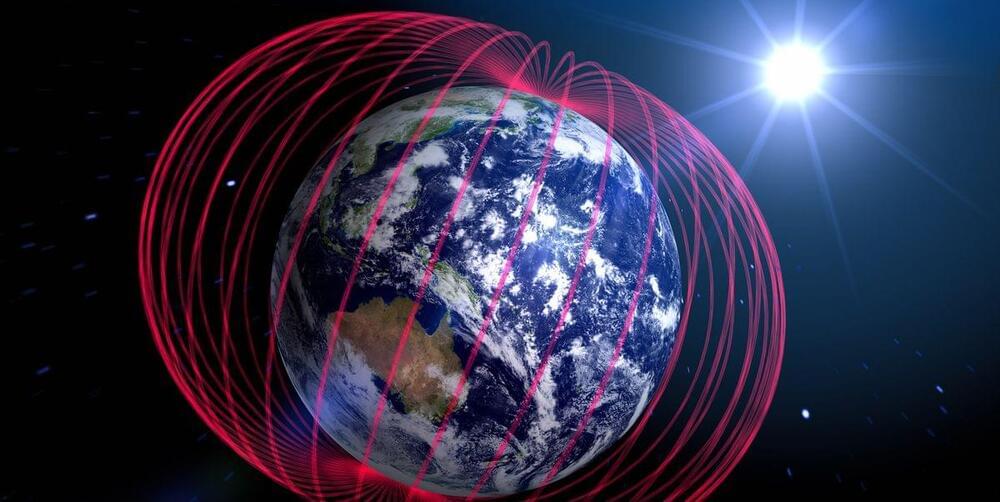And that something could totally change one of the universe’s most fundamental frameworks.



An analysis of the genetic material in the ocean has identified thousands of previously unknown RNA viruses and doubled the number of phyla, or biological groups, of viruses thought to exist, according to a new study our team of researchers has published in the journal Science.
RNA viruses are best known for the diseases they cause in people, ranging from the common cold to COVID-19. They also infect plants and animals important to people.
These viruses carry their genetic information in RNA, rather than DNA. RNA viruses evolve at much quicker rates than DNA viruses do. While scientists have cataloged hundreds of thousands of DNA viruses in their natural ecosystems, RNA viruses have been relatively unstudied.
TransPod has received funding for a high-speed link between Alberta’s two largest cities. Travel between destinations will take 20 minutes.
Nearly a dozen companies are betting on computer-controlled, airborne wind energy to electrify the future.
By Kurt Kleiner.
Any kid who’s ever flown a kite has learned the lesson: Once you can get the kite off the ground and high into the air, you’re more likely to find a steady breeze to keep it aloft.



Mangetoreception, or the ability to sense Earth’s magnetic field, is basically a superpower.
Just as the ancient Minoans of Crete used the stars for maritime navigation, birds today migrate with the help of Earth’s magnetic field.
Bar-tailed Godwits—famous for their longest-known non-stop migration journeys—use the magnetic field to help them figure out their current positioning in addition to where they should head next. And although this isn’t the first time scientists have looked at mangetoreception (also called magnetoception) in birds, we still don’t have a clear understanding of how these animals are able to tap into the magnetic field and make use of it.
The International Lunar Observatory Association (ILOA) in Hawai’i is preparing to launch a dual-camera system attached to a Moon lander whose primary purpose will be to photograph the cosmos.
ILOA is preparing its precursor science education payload for integration on a pioneering commercial Moon lander later this year, while also continuing to advance more robust observatories for future long-term astronomy, science, and exploration missions.
The International Lunar Observatory (ILO) missions have been in development for the better part of a decade. In 2013, ILOA and the Moon Express corporation announced the private enterprise mission in 2013 that would have both scientific and commercial purposes with the goal of delivering the ILO to the Moon’s South Pole aboard a robotic lander. The hope is that it would establish permanent astrophysical observations and lunar commercial communications systems for professional and amateur researchers.
It would signify new levels of space baron cooperation. It’s no secret that Richard Branson is a big fan of SpaceX.
It’s no secret that Richard Branson is a big fan of SpaceX.
And, as a fellow space baron to SpaceX CEO Elon Musk, it’s hard to blame him — since Musk’s aerospace firm is edging closer to attempting its first orbital flight with a fully stacked Starship vehicle — and a launch date fast approaching. This will be a huge step for Musk’s ambitions to build, operate, and land a new spaceship on the surface of Mars, putting humans on the Red Planet.
Much testing is needed before the big jump can happen. And, having bested Jeff Bezos in repeatedly contested contracts with NASA to build the Human Landing System for the Artemis program, Musk has assumed a rapidly widening lead ahead of his two space baron rivals, Blue Origin CEO Bezos and Virgin Galactic founder Richard Branson.